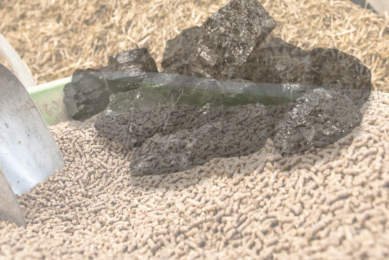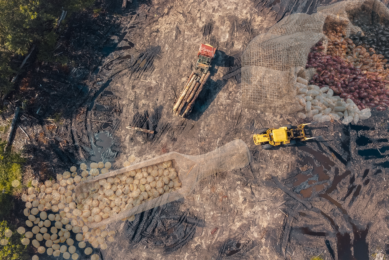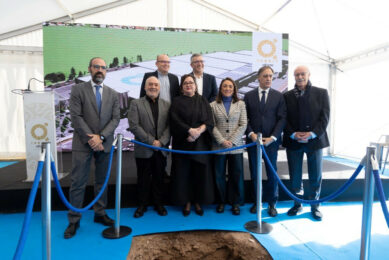Kazakhstan considers plans for a mass locust export
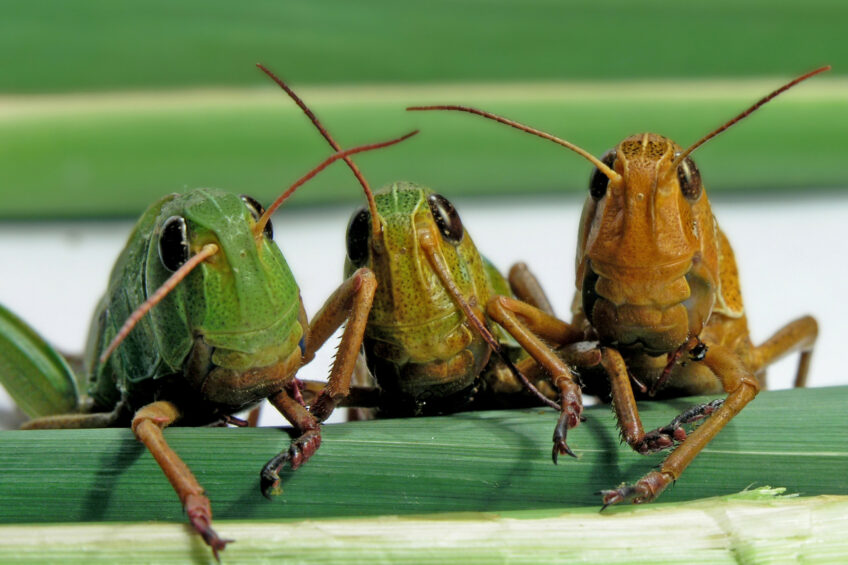
Kazakhstan is exploring industrial production and export of locusts, eyeing the Europe among other promising markets. In neighbouring Russia, locusts are already used as a protein source in feed production.
Baurzhan Kasenov, Chairman of the National Agrarian Scientific and Educational Centre, claimed locusts have an untapped potential as a feed ingredient. He estimated that nearly 2 billion people occasionally consume locusts today.
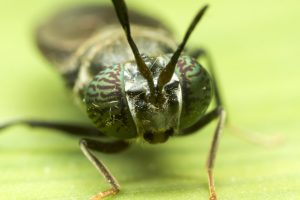
The potential for locust exports exists across the regions where this insect is considered edible, which includes some African countries, such as Senegal, Nigeria, South Africa, South America, in particular Mexico, Guatemala, and Belize, Asia, and several Islamic States, he indicated.
In Europe, the locusts segment has yet to unravel its potential, but there are already signs that the market can perk up in the coming years. For example, in the Netherlands, some companies already process locusts into protein meal, and several European governments have issued grants to research the opportunities of using locusts, Kasenov noted.
Creating an opportunity from a challenge
Kazakhstan, a country frequently plagued by locusts, can turn this challenge into an opportunity. Kasenov suggests that instead of eradicating locusts, which he deems a significant and valuable resource, this shift in perspective can also benefit the environment.
“Methods for catching and further use of locusts already exist. For example, in Russia, the Bioenergiya and K company, together with the South Ural State Agrarian University, has developed a set of mechanisms that make it possible to collect locusts from the ground at high speed, extremely inexpensively and process them into protein meal for the use in livestock and poultry feed,” Kasenov revealed.
The Russian firm collects locusts in the first 2-3 weeks of their life before they start flying. Studies on other methods of locust collecting and processing are also being conducted in other parts of Russia. In Uzbekistan, scientists proposed a method to paralyze locusts using electrical impulses from drones. The locusts killed in this way are then used as fish feed.
State aid is needed
Kazakhstan companies are planning to adopt a similar approach, although Kasenov acknowledges that potential investors are in need of state aid to elevate the technology to a commercial level
The Institute, together with German scientists, conducted research on collecting and paralyzing locusts using special devices and electrical discharges. If there is government support, the organisation will carry out developments in this direction, which will help both solve the “locust problem” and supply Kazakhstan’s agricultural producers with a high-quality and mass source of protein
Baurzhan Kasenov, Chairman of the National Agrarian Scientific and Educational Centre.





